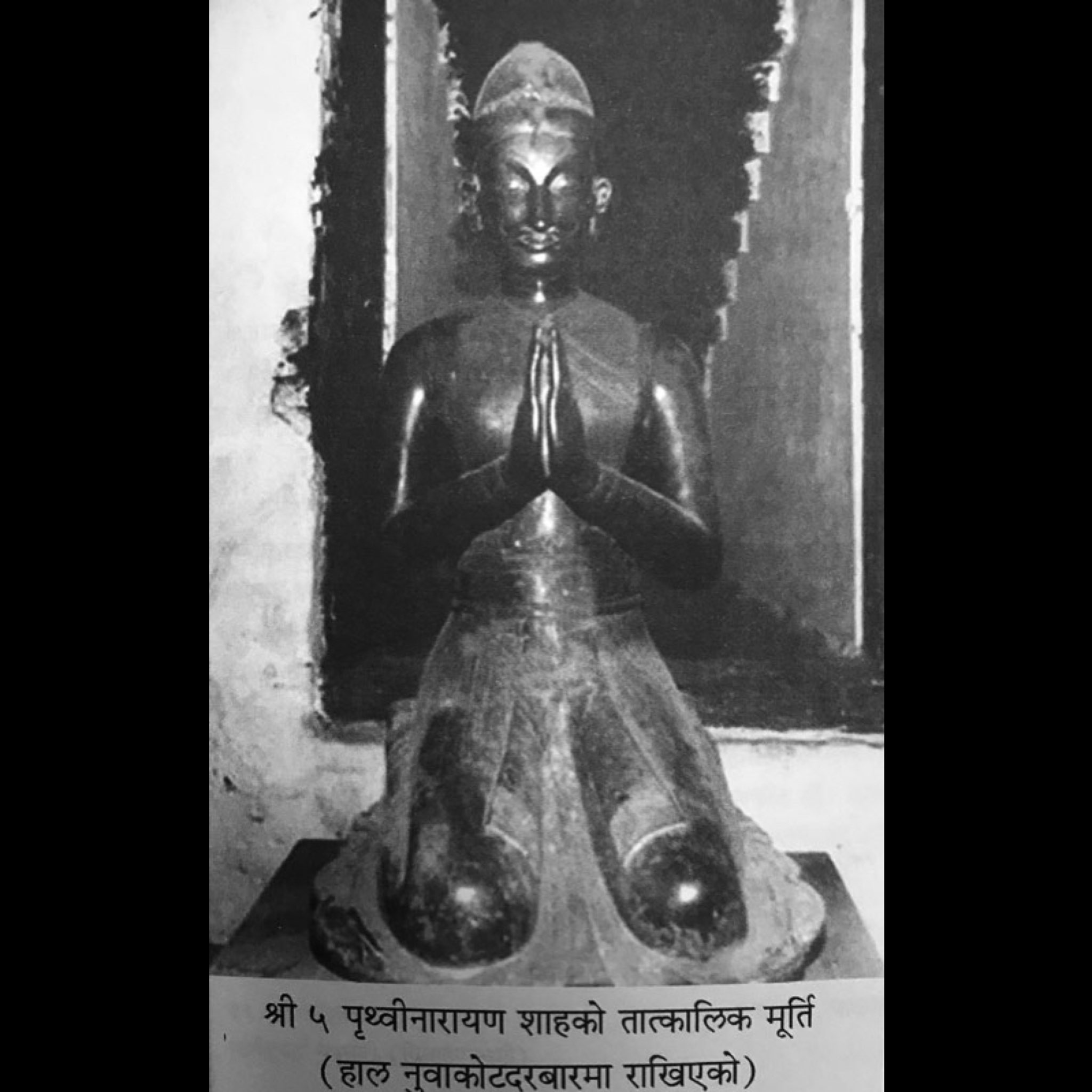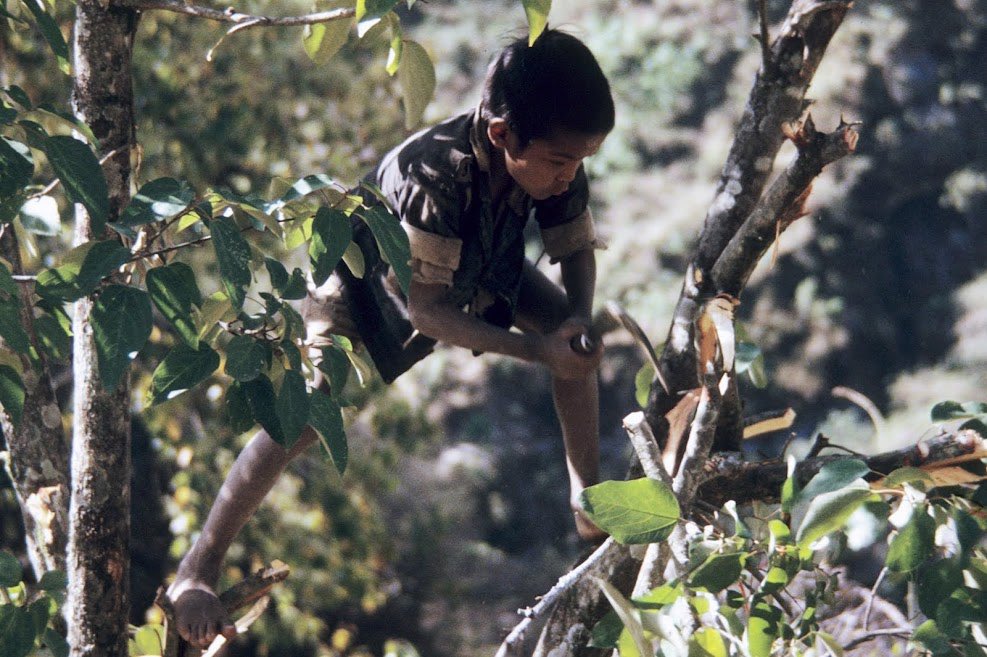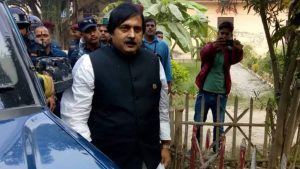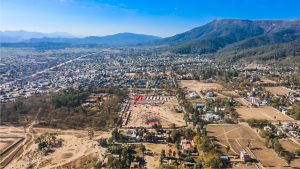
Archive Nepal: Best Photos of the Week

On Friday, we would like you to take a look at the photos from a Facebook page ‘Archive Nepal’.
Archive Nepal is an organization whose mission is to encourage the understanding of Nepal’s rich history and culture by curating, digitizing, and improving access to digital resources. This page collects interesting and unseen historic images and shares them with its followers on the platform.
In fact, most of these images are rather rare or previously unseen by the public, as they depict people, places, and fascinating events from the past. For some of the images, the page also includes captions and explanations about the images, providing historical context and background information to quench your thirst for knowledge of the history.
So, if you’d love to see images posted by the Archive Nepal this week, then make sure to scroll down below.
1) RNAC DC-3 in Pokhara Airport

Royal Nepal Airlines Corporation (RNAC) DC3 aircraft at Pokhara Airport at 1971. Nepal Airlines Corporation (NAC) was initially known as Royal Nepal Airlines Corporation (RNAC). Royal Nepal Airlines Corporation was founded on 1st of July, 1958.
2) An independently run class by Jagat Lal Master

Jagat Lal Master, one of the very first school teachers of Nepal in the 1920s, when teaching was still an illegal surreptitious activity. The photo is of an independently run class by Jagat Lal Master.
3) People scrambling

People scrambling after one building collapsed during the Indra Jatra festival in 1963.
4) Statue of Prithvi Narayan Shah

Black stone statue of Prithvi Narayan Shah, the only extant and the oldest known image of the king from his reign. The statue shows him in a kneeling pose, his hands joined in prayer. It is currently housed in the Nuwakot palace that was built by the king in the early 1760s.
5) Late 1800s- 1950s: A parade

Prime Minister Chandra Shumsher, his brothers and officials pose on the steps of Singh’s Durbar for a parade.
6) Ban Raut boy cutting branches

A ban boy cutting branches of a tree in 1976.
The Rawat (Ban Raut, Rajbar, Ban Raji) are a Tibeto-Burman speaking tribe that has only in recent years begun to take agriculture in the middle hills on both sides of the India-Nepal border in Far Western Nepal. The Rawat are linguistically related to the nomadic Raute tribe and and to Raji groups (Purbia, Bandali, and Naukule) in other parts of West Nepal. In 1976 the Rawat/Ban Raut were nomadic.














Comments